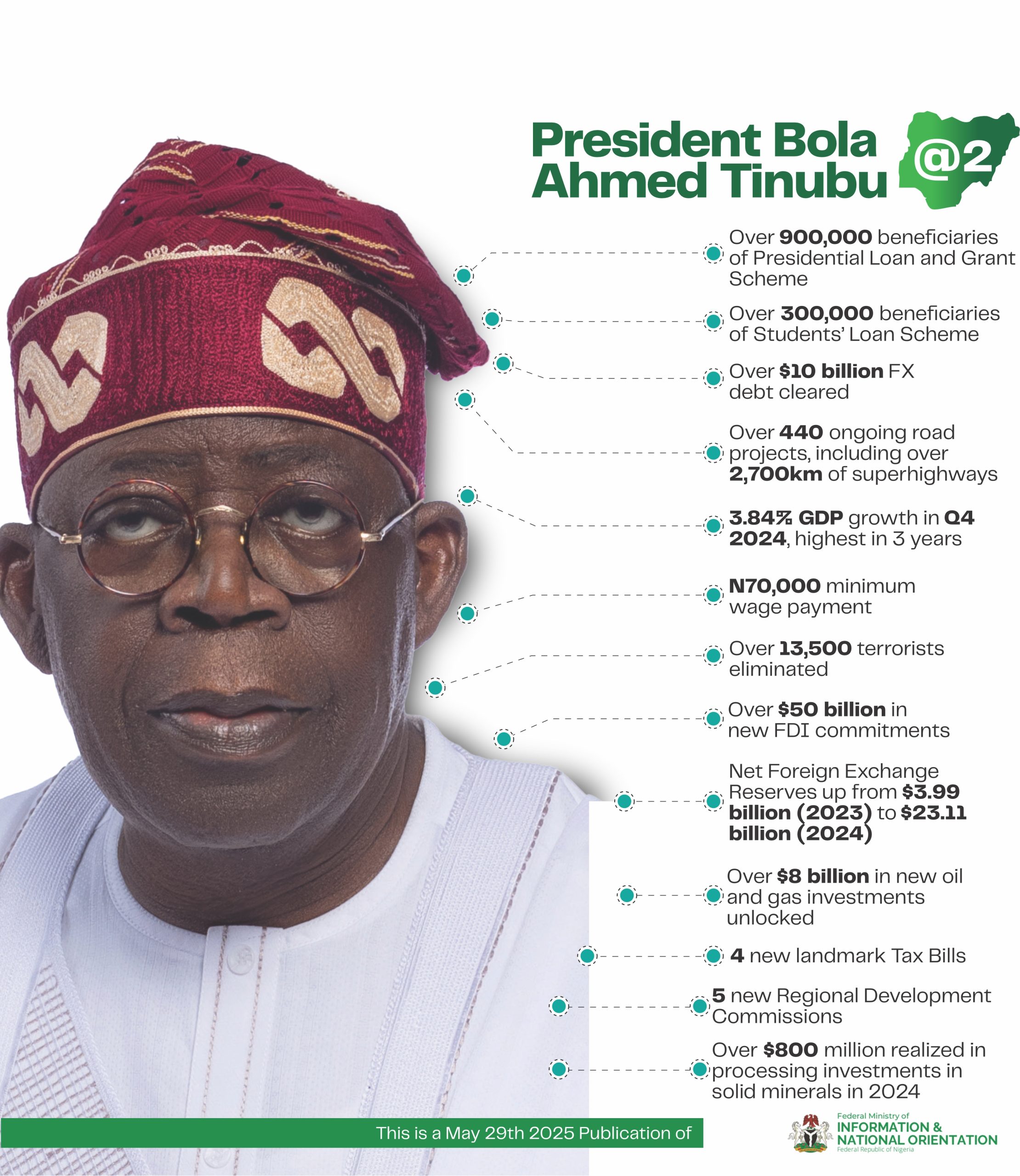
By Ama Okigbo
The headlines often follow the same lofty format: “Africa is the continent of the future and always will be.” The surprise is that the irony is lost on both the authors and adherents. The expression correctly highlights the persistent gap between Africa’s immense potential and its repeated struggles to fully attain that promise due to economic, political, or social challenges. Several scholars – Daron Acemoglu, James A. Robinson, Paul Collier, Ngozi Okonjo-Iweala, Dambisa Moyo, etc. – present factors to explain this failure: colonial and historical legacies, weak institutions, poor governance and corruption, low productivity, trade, etc. Is that it?
One factor that does not receive as much attention is the systematic gender inequality and underutilisation of women. According to Esther Duflo, a Nobel Prize-winning economist, “Women’s empowerment and economic development are closely related.” A major barrier to Africa’s progress is its underutilization of half its population: women. Achieving growth and prosperity is impossible without addressing the systemic barriers and biases women face.
There is a paradox in Africa’s labour force statistics. According to McKinsey’s “Power of Parity” report, Africa has a relatively high female labour force participation compared to other regions. This point seems positive until one realises that high participation doesn’t mean equality. While many African women work, their jobs are mostly informal, low-paid, and in low-productivity sectors, like street vending and subsistence agriculture. McKinsey notes that over 70% of women in Africa work informally. This kind of work rarely offers security, benefits, upward mobility or financial independence. Hence, labour participation is not empowerment.
Additionally, even when women are employed, they often earn significantly less than their male counterparts, highlighting the persistent gender wage gap. Women also face limited access to capital, land, and credit, and are frequently excluded from high-growth and formal sectors such as technology, finance, and energy.
This gender disparity starts from an early age when the girl-child is not encouraged to pursue their interest in science, technology, engineering and mathematics. These deeply-rooted sociocultural, economic and institutional barriers result in an average participation rate of 21%, according to a 2025 report by Akem Ojong and Edouard Kareem of Drexel University.
Beyond the ethical injustice of discrimination rooted in regressive traditions and norms, there is a substantial economic cost. According to McKinsey, Africa could add $316 billion to its Gross Domestic Product (GDP) by 2025 simply by closing gender gaps in labour participation, education, and access to economic opportunities.
Iris Bohnet’s “What Works” argues that gender inequality persists not only because of overt discrimination, but due to deeply embedded unconscious biases in everyday life. For example, she highlights how resumes with female names receive fewer interview callbacks than identical ones with male names, demonstrating how even subtle cues can trigger biased responses in hiring processes—often unconsciously. On a much broader scale, subtle unconscious biases in Africa manifest in the widespread assumption that men are more suited for leadership, financial decision-making, or technical roles, while women are expected to remain in caregiving or informal sectors. These biases influence everything from classroom participation to job training programmes, loan approvals, and political appointments—ultimately constraining women’s potential and holding back national development. So rather than “fixing women”, Bohnet advocates for “fixing the system” through behavioural design. These insights are particularly relevant to Africa, where traditional norms and limited institutional reforms compound these biases.
Bohnet introduces tools from behavioural economics—such as choice architecture and default settings—to disrupt these patterns of bias. These concepts can and should be adapted to the African context.
The concept of choice architecture refers to the way choices are structured and how they can influence outcomes. In the African context, this means that small design changes—such as gender-blind hiring processes or gender-balanced shortlists for leadership roles—can reduce unconscious bias and promote fairness. Another tool she emphasises is the power of default settings: since people tend to go with the default, making gender-inclusive policies the standard (such as automatically including women in land titles) can help normalise equality. Rather than relying on individuals to overcome bias, Bohnet’s approach focuses on redesigning systems so they produce fairer, more inclusive results by default.
To unlock Africa’s full potential, we must build systems that work for all—especially women. By applying research-backed strategies, such as those outlined in “What Works”, African societies can reduce inequality, boost growth, and move closer to becoming not just the continent of the future, but a truly successful one. While there is a place for the grand narrative or the sweeping reforms, change happens within the smaller bits. You can start by demanding that every team or committee you are appointed to has a female in it. That is an agenda we can all agree on.
(Ama Okigbo recently graduated from The Thacher School in Ojai, California and will be starting at Wellesley College in Fall 2025)






Be the first to comment